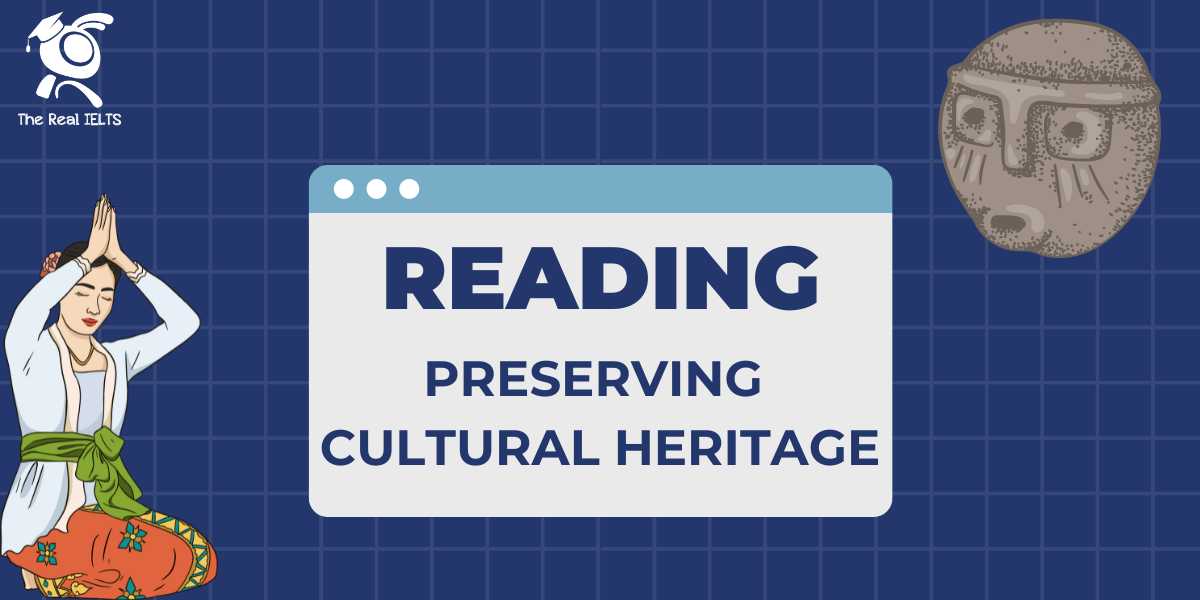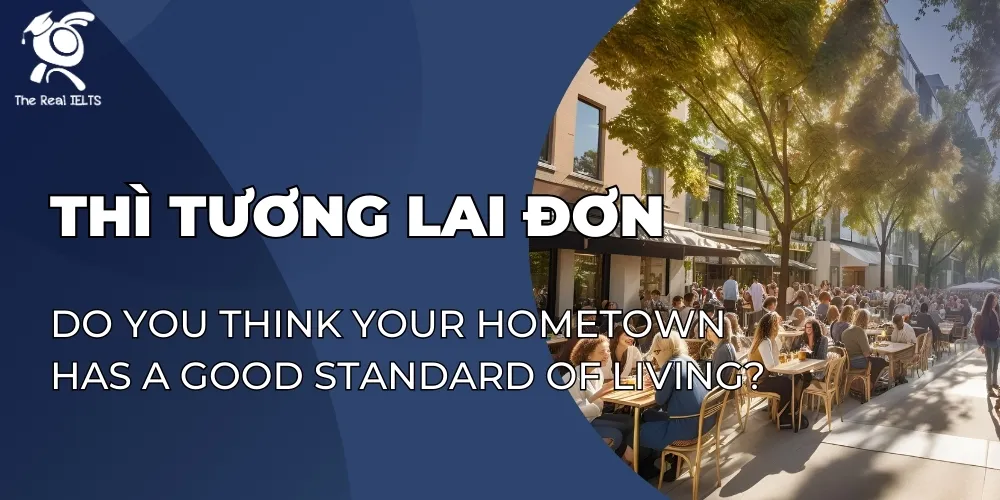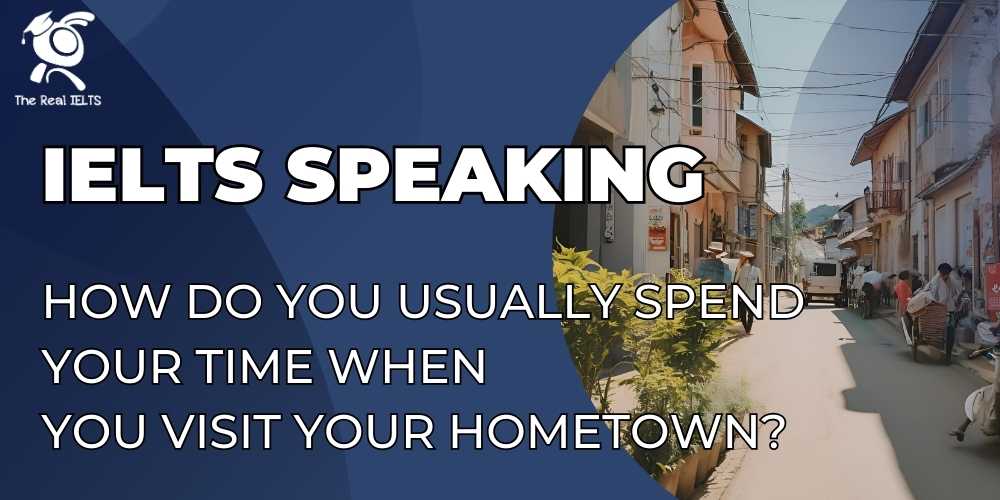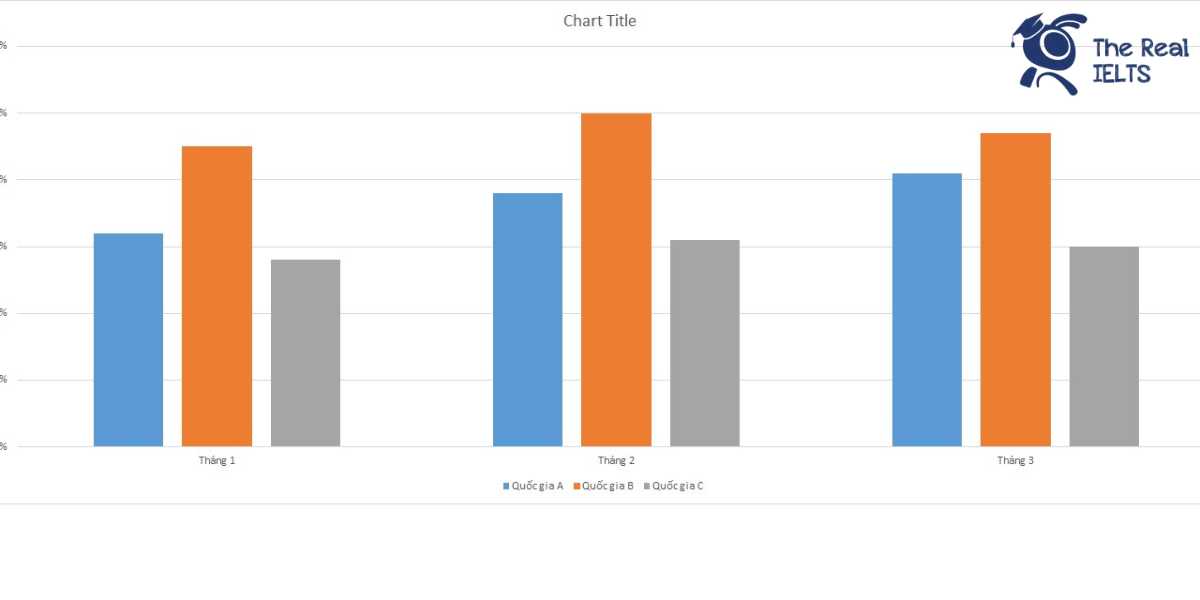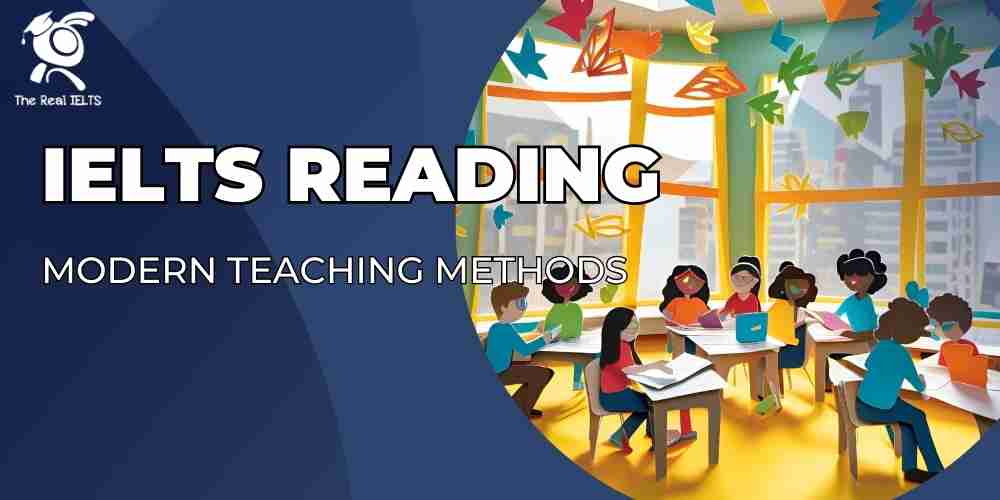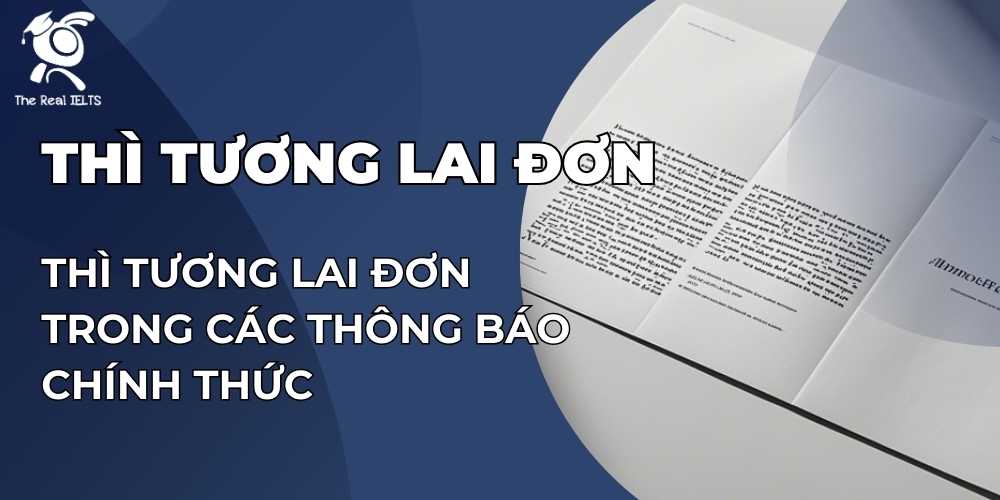Bài Reading này có chủ đề về Bảo tồn di sản văn hóa. Sau đây là bài Reading và phần bài tập của bài Reading này.
Reading The Importance of Preserving Cultural Heritage
In an era characterized by rapid globalization and technological advancements, the preservation of cultural heritage has become increasingly vital. Cultural heritage encompasses not only monuments and historical artifacts but also traditions, languages, and practices that define the identity of communities and nations. Preserving this heritage is essential for several reasons: it fosters a sense of identity, educates future generations, and promotes cultural diversity.
Firstly, cultural heritage provides a sense of identity and continuity for communities. It connects people to their roots, offering a tangible link to the past. When individuals engage with their cultural heritage, they gain a deeper understanding of who they are and where they come from. This connection is crucial for maintaining a collective sense of belonging and pride. For example, traditional festivals and rituals, passed down through generations, reinforce communal bonds and cultural identity.
Secondly, preserving cultural heritage is crucial for educational purposes. Historical sites, museums, and cultural practices serve as living classrooms where people can learn about their history, values, and traditions. This knowledge is not only important for individual growth but also for fostering respect and understanding among different cultures. Educational programs that incorporate elements of cultural heritage can help students develop a more comprehensive worldview and appreciation for diversity.
Moreover, cultural heritage contributes to the richness and diversity of human civilization. Each culture offers unique perspectives and solutions to common human challenges, enriching the global mosaic of human experience. By preserving cultural heritage, we ensure that future generations can benefit from this diversity. For instance, traditional medicine, art, and craftsmanship from various cultures have provided valuable insights and innovations that continue to influence contemporary practices.
However, the task of preserving cultural heritage is not without challenges. Modernization, urbanization, and conflict often pose threats to cultural sites and practices. It is, therefore, imperative that governments, organizations, and individuals collaborate to protect and promote cultural heritage. This can be achieved through legal frameworks, conservation projects, and public awareness campaigns. Furthermore, embracing technology can play a pivotal role in preservation efforts. Digital archives, virtual tours, and 3D reconstructions are just a few ways technology can help safeguard cultural heritage for future generations.
In conclusion, the preservation of cultural heritage is of paramount importance. It nurtures a sense of identity, educates future generations, and enhances cultural diversity. In our rapidly changing world, we must remain committed to protecting and celebrating the rich tapestry of human culture. By doing so, we honor our past, enrich our present, and inspire our future.
Sau khi đọc xong bài này. Các bạn hãy làm bài tập sau.
Reading Comprehension Exercises
Multiple-Choice Questions
- What is the primary focus of the essay? a. The impact of globalization on technology
b. The importance of preserving cultural heritage
c. The benefits of modern education
d. The challenges of urbanization - According to the essay, which of the following is NOT considered part of cultural heritage? a. Monuments
b. Languages
c. Technological gadgets
d. Traditions - What is one way cultural heritage helps individuals, as mentioned in the essay? a. It increases technological proficiency
b. It connects people to their roots
c. It guarantees financial stability
d. It eliminates cultural diversity - What role does education play in preserving cultural heritage, according to the essay? a. It replaces the need for cultural heritage
b. It provides knowledge only about foreign cultures
c. It helps students develop respect and understanding for different cultures
d. It focuses solely on contemporary practices - What modern tool does the essay suggest can help in preserving cultural heritage? a. Virtual tours
b. Physical reconstruction
c. New architectural styles
d. Traditional farming techniques
True/False Statements
- Cultural heritage includes historical artifacts, traditions, and languages.
a. True
b. False - The essay suggests that cultural heritage has no impact on a community’s sense of identity.
a. True
b. False - Technological advancements can play a role in preserving cultural heritage.
a. True
b. False - Urbanization always positively impacts cultural heritage preservation.
a. True
b. False - The essay argues that cultural heritage contributes to the richness and diversity of human civilization.
a. True
b. False
Short-Answer Questions
- Why is preserving cultural heritage important for fostering a sense of identity?
- How does cultural heritage serve an educational purpose?
- Mention two challenges to preserving cultural heritage as discussed in the essay.
- Give an example of how technology can aid in the preservation of cultural heritage.
- What are the potential benefits of preserving cultural heritage for future generations?
Đáp án
Reading Comprehension Exercises – Answers
Multiple-Choice Questions
- What is the primary focus of the essay?
- b. The importance of preserving cultural heritage
- According to the essay, which of the following is NOT considered part of cultural heritage?
- c. Technological gadgets
- What is one way cultural heritage helps individuals, as mentioned in the essay?
- b. It connects people to their roots
- What role does education play in preserving cultural heritage, according to the essay?
- c. It helps students develop respect and understanding for different cultures
- What modern tool does the essay suggest can help in preserving cultural heritage?
- a. Virtual tours
True/False Statements
- Cultural heritage includes historical artifacts, traditions, and languages.
- a. True
- The essay suggests that cultural heritage has no impact on a community’s sense of identity.
- b. False
- Technological advancements can play a role in preserving cultural heritage.
- a. True
- Urbanization always positively impacts cultural heritage preservation.
- b. False
- The essay argues that cultural heritage contributes to the richness and diversity of human civilization.
- a. True
Short-Answer Questions
- Why is preserving cultural heritage important for fostering a sense of identity?
- Preserving cultural heritage is important for fostering a sense of identity because it connects people to their roots and offers a tangible link to the past, helping individuals and communities understand who they are and where they come from, thereby maintaining a collective sense of belonging and pride.
- How does cultural heritage serve an educational purpose?
- Cultural heritage serves an educational purpose by acting as living classrooms through historical sites, museums, and cultural practices, where people can learn about their history, values, and traditions, fostering respect and understanding among different cultures.
- Mention two challenges to preserving cultural heritage as discussed in the essay.
- Two challenges to preserving cultural heritage mentioned in the essay are modernization and urbanization, as well as conflict, all of which pose threats to cultural sites and practices.
- Give an example of how technology can aid in the preservation of cultural heritage.
- An example of how technology can aid in the preservation of cultural heritage includes digital archives, virtual tours, and 3D reconstructions, which help safeguard cultural heritage for future generations.
- What are the potential benefits of preserving cultural heritage for future generations?
- The potential benefits of preserving cultural heritage for future generations include ensuring that they can benefit from the diversity of human experience, gaining valuable insights and innovations from traditional practices, and maintaining a rich tapestry of human culture that honors the past, enriches the present, and inspires the future.
Đọc lại bài cũ: Reading Skill Part 10: The Importance of Education in Society.
Phần Song Ngữ
In an era characterized by rapid globalization and technological advancements, the preservation of cultural heritage has become increasingly vital. Cultural heritage encompasses not only monuments and historical artifacts but also traditions, languages, and practices that define the identity of communities and nations. Preserving this heritage is essential for several reasons: it fosters a sense of identity, educates future generations, and promotes cultural diversity.
Trong thời đại được đặc trưng bởi sự toàn cầu hóa nhanh chóng và những tiến bộ công nghệ, việc bảo tồn di sản văn hóa trở nên ngày càng quan trọng. Di sản văn hóa không chỉ bao gồm các di tích và hiện vật lịch sử mà còn bao gồm các truyền thống, ngôn ngữ và thực hành định hình bản sắc của cộng đồng và quốc gia. Việc bảo tồn di sản này là cần thiết vì nhiều lý do: nó tạo cảm giác về bản sắc, giáo dục thế hệ tương lai và thúc đẩy sự đa dạng văn hóa.
Firstly, cultural heritage provides a sense of identity and continuity for communities. It connects people to their roots, offering a tangible link to the past. When individuals engage with their cultural heritage, they gain a deeper understanding of who they are and where they come from. This connection is crucial for maintaining a collective sense of belonging and pride. For example, traditional festivals and rituals, passed down through generations, reinforce communal bonds and cultural identity.
Thứ nhất, di sản văn hóa mang lại cảm giác về bản sắc và sự liên tục cho các cộng đồng. Nó kết nối con người với cội nguồn của họ, cung cấp một liên kết hữu hình với quá khứ. Khi các cá nhân tương tác với di sản văn hóa của họ, họ có thể hiểu sâu hơn về bản thân và nguồn gốc của mình. Sự kết nối này rất quan trọng để duy trì cảm giác thuộc về và tự hào chung. Ví dụ, các lễ hội và nghi lễ truyền thống, được truyền lại qua các thế hệ, củng cố mối quan hệ cộng đồng và bản sắc văn hóa.
Secondly, preserving cultural heritage is crucial for educational purposes. Historical sites, museums, and cultural practices serve as living classrooms where people can learn about their history, values, and traditions. This knowledge is not only important for individual growth but also for fostering respect and understanding among different cultures. Educational programs that incorporate elements of cultural heritage can help students develop a more comprehensive worldview and appreciation for diversity.
Thứ hai, việc bảo tồn di sản văn hóa là cực kỳ quan trọng cho mục đích giáo dục. Các di tích lịch sử, bảo tàng và thực hành văn hóa đóng vai trò như những lớp học sống động nơi mọi người có thể học về lịch sử, giá trị và truyền thống của mình. Kiến thức này không chỉ quan trọng cho sự phát triển cá nhân mà còn để thúc đẩy sự tôn trọng và hiểu biết giữa các nền văn hóa khác nhau. Các chương trình giáo dục tích hợp các yếu tố của di sản văn hóa có thể giúp học sinh phát triển thế giới quan toàn diện hơn và sự đánh giá cao về sự đa dạng.
Moreover, cultural heritage contributes to the richness and diversity of human civilization. Each culture offers unique perspectives and solutions to common human challenges, enriching the global mosaic of human experience. By preserving cultural heritage, we ensure that future generations can benefit from this diversity. For instance, traditional medicine, art, and craftsmanship from various cultures have provided valuable insights and innovations that continue to influence contemporary practices.
Hơn nữa, di sản văn hóa đóng góp vào sự phong phú và đa dạng của nền văn minh nhân loại. Mỗi nền văn hóa mang đến những quan điểm và giải pháp độc đáo cho các thách thức chung của con người, làm phong phú thêm bức tranh toàn cầu của kinh nghiệm con người. Bằng cách bảo tồn di sản văn hóa, chúng ta đảm bảo rằng các thế hệ tương lai có thể hưởng lợi từ sự đa dạng này. Ví dụ, y học truyền thống, nghệ thuật và thủ công từ các nền văn hóa khác nhau đã cung cấp những hiểu biết và đổi mới quý giá tiếp tục ảnh hưởng đến các thực hành đương đại.
However, the task of preserving cultural heritage is not without challenges. Modernization, urbanization, and conflict often pose threats to cultural sites and practices. It is, therefore, imperative that governments, organizations, and individuals collaborate to protect and promote cultural heritage. This can be achieved through legal frameworks, conservation projects, and public awareness campaigns. Furthermore, embracing technology can play a pivotal role in preservation efforts. Digital archives, virtual tours, and 3D reconstructions are just a few ways technology can help safeguard cultural heritage for future generations.
Tuy nhiên, nhiệm vụ bảo tồn di sản văn hóa không phải không gặp thách thức. Hiện đại hóa, đô thị hóa và xung đột thường đặt ra các mối đe dọa cho các địa điểm và thực hành văn hóa. Do đó, các chính phủ, tổ chức và cá nhân phải hợp tác để bảo vệ và thúc đẩy di sản văn hóa. Điều này có thể được thực hiện thông qua các khung pháp lý, các dự án bảo tồn và các chiến dịch nâng cao nhận thức cộng đồng. Hơn nữa, việc nắm bắt công nghệ có thể đóng vai trò then chốt trong các nỗ lực bảo tồn. Các kho lưu trữ kỹ thuật số, các chuyến tham quan ảo và các mô hình 3D chỉ là một vài cách mà công nghệ có thể giúp bảo vệ di sản văn hóa cho các thế hệ tương lai.


